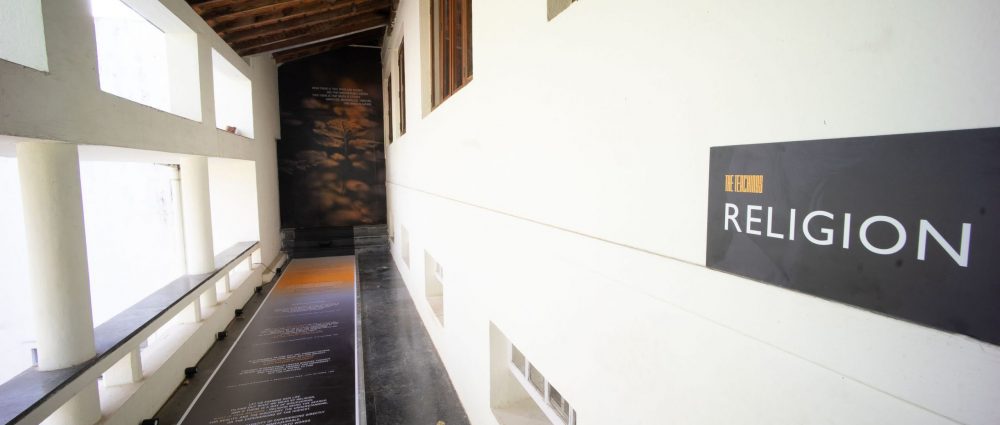The First Step is the Last Step
A walk through the life and teachings of J Krishnamurti and the myriad paths to truth in a recent exhibition in Chennai
Vani Sriranganayaki
In the middle of the city of Chennai, on a relatively quiet road, there is a small bit of heaven that for years has been the seat of learning and wisdom. The six acres of peaceful, tree-filled setting at Vasanta Vihar on Greenways Road, a veritable oasis in the middle of the bustling city, is the headquarters of the Krishnamurti Foundation of India (KFI), and also the place where its founder Jiddu Krishnamurti, the renowned philosopher and religious teacher, lived during his visits to Chennai. It is the place where he delivered talks and held discussions for nearly fifty years; and also where he delivered his last talk on January 1986.
On February 1, 2020, on the very same grounds, marking the spiritual thinker’s 125th birth year, KFI premiered the exhibition The First Step is the Last Step, as a tribute to his life and teachings. Conceived and curated by KFI, with concept and design by designer, classical dancer and educator Miti Desai, the experiential exhibition drew inspiration for its title from Krishnamurti’s dialogue with cultural activist and writer Pupul Jayakar in 1970 in which he first used the phrase – where he saw that the ‘attentive mind as being fully capable of perceiving the “what is” for itself’. The entire exhibition was structured around this very paradox. ‘It is an intriguing concept and philosophy. When realisation or a sense of awareness emerges, it is very much in the moment. It is not vertical or horizontal. It is beyond all dimensions. As a designer, to visualise this concept, we worked with a larger framework,’ explained Miti Desai during a curated walk where she took visitors through the nuanced exhibition.
Outlined in four sections, it started with The Voice that was designed around the Badam tree under which Krishnamurti conducted most of his talks and discussions. The Badam tree was transformed to seem like a Banyan tree with countless ropes falling from its tops to the ground. The ropes had placards with his words printed on them as his voice rang steady and clear from speakers hidden amongst the branches – all recreating the extraordinary experience of listening to a Krishnamurti Public Talk. The Study, also on the lawns, was a space for a deeper and more leisurely engagement with Krishnamurti’s teachings, with its small selection of books and audio clips made available for visitors to peruse through at their own pace.
The Life and The Teachings, both designed within the very house that Krishnamurti stayed in, outlined the many events of his remarkable life which was spent on three continents and spanned the greater part of the 20th century; and elaborated on a selection of Krishnamurti’s statements on fear, love, violence, death, religion, relationship and education. For instance, his teachings on relationships were designed around the staircase – embodying the strength, the steady growth and accession ascribed within his beliefs; the teachings on education were placed within mirrors and water – emphasising the self reflecting process of it all. Where ‘fear’ had us physically boxed-in dark crevices, and ‘violence’ was a downhill stairway to nowhere, ‘religion’ was a slow and solitary path to enlightenment and ‘love’ took conscious effort, but was worth it in the end. ‘Death’ simply was a never-ending journey.
In its entirety, the exhibition put forth an immersive process of self-inquiry where the observer could study, question and perhaps stumble upon ‘a flame of understanding’; where the truths we found, were born out of us and would remain within us as we took the next step that, as he rightly said, was both the first step and also the last step.
All Images Courtesy of the Krishnamurti Foundation India and Aalaap.
Share









